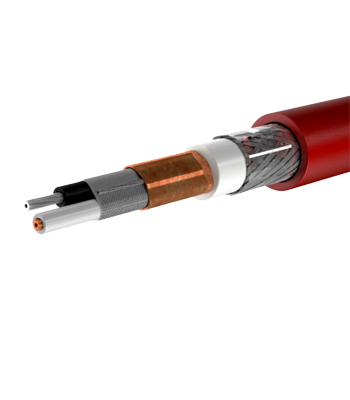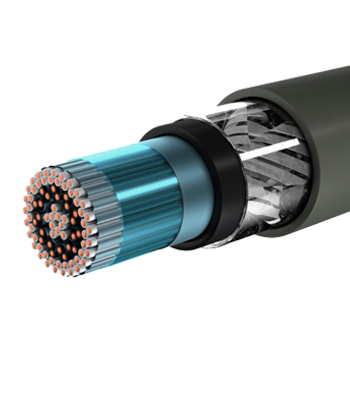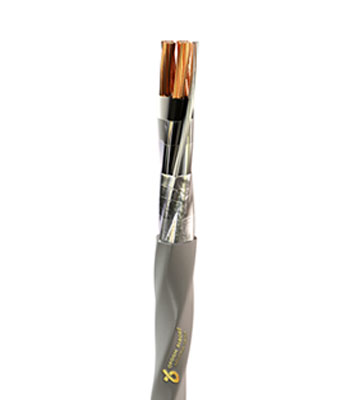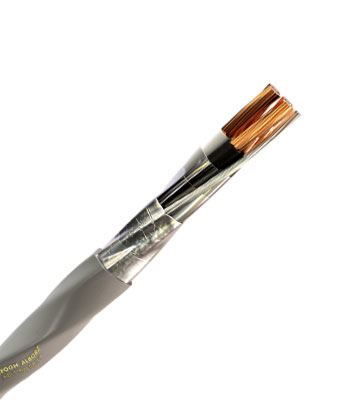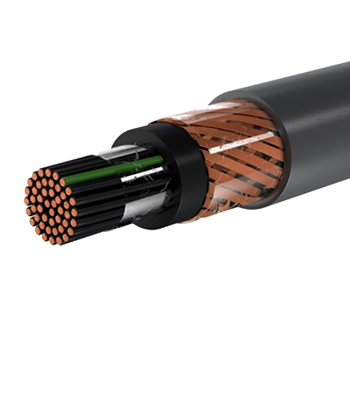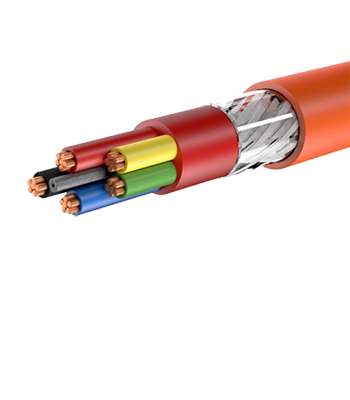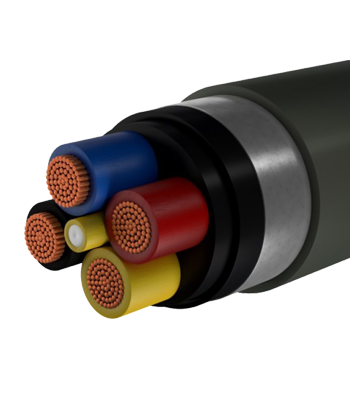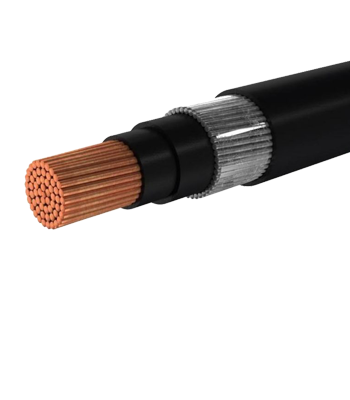Instrument cables – Armoured Single Core
$0.00Armoured Single Core, 0.6/1 kV, 1x2x2.5 RM SQMM, Oil RESISTANT
Instrument cables – Armoured Single Core
$0.00Armoured Single Core, 0.6/1 kV, 1x2x2.5 RM SQMM, Oil RESISTANT
Instrument cables – Armoured Single Core
$0.00Armoured Single Core, 0.6/1 kV, 1x2x2.5 RM SQMM, Oil RESISTANT
Instrument cables- Armoured Multi Core – Oil Resistant
$0.00Armoured Multi Core, 300/500 V, 19x2x0.5+0.5 RM SQMM, Oil Resistant
Instrument cables- Armoured Multi Core – Oil Resistant
$0.00Armoured Multi Core, 300/500 V, 19x2x0.5+0.5 RM SQMM, Oil Resistant
Instrument cables- Armoured Multi Core – Oil Resistant
$0.00Armoured Multi Core, 300/500 V, 19x2x0.5+0.5 RM SQMM, Oil Resistant
Instrumentation Cables
$0.00Instrument cables are cables that are responsible for transmitting signals and data. These cables are designed to be resistant to electromagnetic interference and noise.
The latest standard used to manufacture and test instrument cables as well as control cables is BS EN 50288-7, but a wide range of applicants still use older standards such as BS 5308.
The type of wire placement in Instrument cables is multi-core, pair, triple and quad. Each of the handles may be placed inside a sheath (Individual Screen) and then twisted together, and the overall set of twisted strands is placed inside the final shield (overall screen).
In the structure of instrument cables, the conductor type is generally type 2 or flexible, but according to customers’ requests, it is possible to produce with other classes such as core (class 1) or flexible (class 5). Copper conductor material can also be used as plain copper or tin-coated.
Instrumentation Cables
$0.00Instrument cables are cables that are responsible for transmitting signals and data. These cables are designed to be resistant to electromagnetic interference and noise.
The latest standard used to manufacture and test instrument cables as well as control cables is BS EN 50288-7, but a wide range of applicants still use older standards such as BS 5308.
The type of wire placement in Instrument cables is multi-core, pair, triple and quad. Each of the handles may be placed inside a sheath (Individual Screen) and then twisted together, and the overall set of twisted strands is placed inside the final shield (overall screen).
In the structure of instrument cables, the conductor type is generally type 2 or flexible, but according to customers’ requests, it is possible to produce with other classes such as core (class 1) or flexible (class 5). Copper conductor material can also be used as plain copper or tin-coated.
Instrumentation Cables
$0.00Instrument cables are cables that are responsible for transmitting signals and data. These cables are designed to be resistant to electromagnetic interference and noise.
The latest standard used to manufacture and test instrument cables as well as control cables is BS EN 50288-7, but a wide range of applicants still use older standards such as BS 5308.
The type of wire placement in Instrument cables is multi-core, pair, triple and quad. Each of the handles may be placed inside a sheath (Individual Screen) and then twisted together, and the overall set of twisted strands is placed inside the final shield (overall screen).
In the structure of instrument cables, the conductor type is generally type 2 or flexible, but according to customers’ requests, it is possible to produce with other classes such as core (class 1) or flexible (class 5). Copper conductor material can also be used as plain copper or tin-coated.
Instrumention Cables
$0.00Instrument cables are cables that are responsible for transmitting signals and data. These cables are designed to be resistant to electromagnetic interference and noise.
Instrumention Cables
$0.00Instrument cables are cables that are responsible for transmitting signals and data. These cables are designed to be resistant to electromagnetic interference and noise.
Instrumention Cables
$0.00Instrument cables are cables that are responsible for transmitting signals and data. These cables are designed to be resistant to electromagnetic interference and noise.
Low voltage cables-Armoured Multi Core-Flexable Cable
$0.00Unarmoured Multi Core, 300/500 V, 24×1 RF SQMM, Flexable Cable
Low voltage cables-Armoured Multi Core-Flexable Cable
$0.00Unarmoured Multi Core, 300/500 V, 24×1 RF SQMM, Flexable Cable
Low voltage cables-Armoured Multi Core-Flexable Cable
$0.00Unarmoured Multi Core, 300/500 V, 24×1 RF SQMM, Flexable Cable
Low voltage cables-Armoured Multi Core-HALOGEN
$0.00Armoured Multi Core, 0.6/1 kV, 5×6 RM SQMM, HALOGEN FREE
Low voltage cables-Armoured Multi Core-HALOGEN
$0.00Armoured Multi Core, 0.6/1 kV, 5×6 RM SQMM, HALOGEN FREE
Low voltage cables-Armoured Multi Core-HALOGEN
$0.00Armoured Multi Core, 0.6/1 kV, 5×6 RM SQMM, HALOGEN FREE
Low voltage cables-Armoured Multi Core-UV RESISTANT
$0.00Armoured Multi Core, 0.6/1 kV, 3×240+120 RM SQMM, UV RESISTANT
Low voltage cables-Armoured Multi Core-UV RESISTANT
$0.00Armoured Multi Core, 0.6/1 kV, 3×240+120 RM SQMM, UV RESISTANT
Low voltage cables-Armoured Multi Core-UV RESISTANT
$0.00Armoured Multi Core, 0.6/1 kV, 3×240+120 RM SQMM, UV RESISTANT
Low voltage cables-Armoured Single Core-HALOGEN FREE
$0.00Armoured Single Core, 0.6/1 kV, 1×185 RM SQMM, HALOGEN FREE
Low voltage cables-Armoured Single Core-HALOGEN FREE
$0.00Armoured Single Core, 0.6/1 kV, 1×185 RM SQMM, HALOGEN FREE
Low voltage cables-Armoured Single Core-HALOGEN FREE
$0.00Armoured Single Core, 0.6/1 kV, 1×185 RM SQMM, HALOGEN FREE



